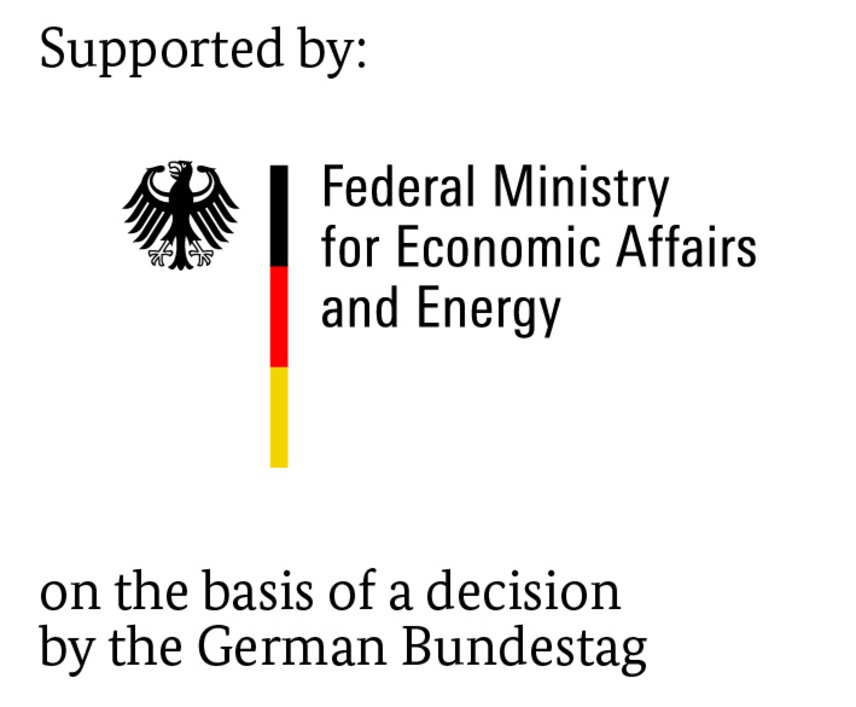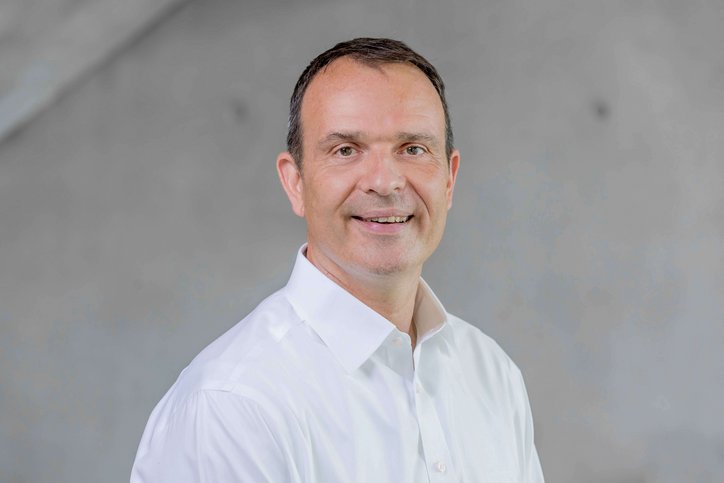The aim of the research project was to find out why some CEM I-SR and CEM III/B-SR cements do not meet the criteria for high sulfate resistance (SR) under all conditions of the SVA test method, the common accelerated test method in Germany; although these cements show high sulfate resistance in practice.
The SVA test method should be modified in a way that it is possible to achieve clear test results for standard cements with known high or low sulfate resistance. The importance of a failure in the SVA method, for the sulfate resistance behavior under realistic test conditions should also be studied.
In a last step, the modified test method should be used to assess reliably the sulfate resistance of new cements with several main components. The research project should provide a new, more practical procedure for the determination of sulfate resistance of cements. It is the intention to give the industry the opportunity to examine new ecologically and economically favorable cements for their suitability as SR cements, and to provide these cements for construction practice.
Sulfate resistance testing of cement
The SVA test method should be modified in a way that it is possible to achieve clear test results for standard cements with known high or low sulfate resistance.
Background and goals of the research project
Sponsors

The IGF project 18024 N of VDZ Technology gGmbH was supported by the AiF within the framework of Industrial Collective Research (IGF) of the Federal Ministry of Economic Affairs and Energy on the basis of a decision of the German Bundestag.
